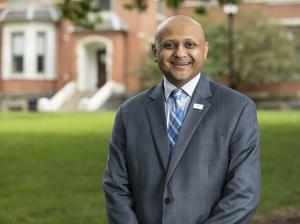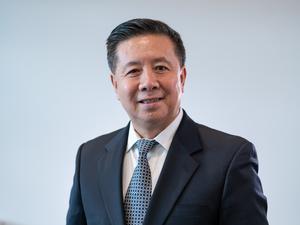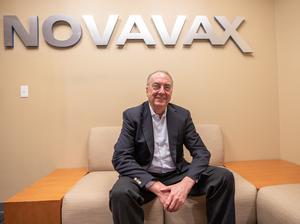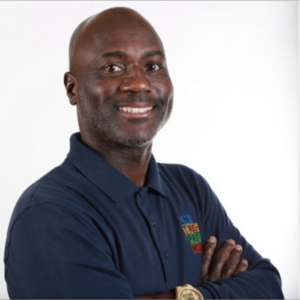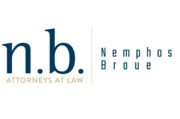
Ellicott City startup Linshom Medical is looking to raise a $3 million round as it works to develop a medical device that catches the warning signs of a respiratory crisis.
CEO Richard Hughen plans to use the series A raise, as well as a $2.4 million grant from the National Institutes of Health, to fund a study to prove the company’s respiratory monitor is effective at detecting breathing issues. The company previously raised $1.5 million in convertible notes. Linshom has raised $1 million of its $3 million series A goal so far, with support from the Maryland Momentum Fund, the Maryland Technology Development Corp. and other investors.
Once the studies are complete, the three-person company is planning to do a soft launch in a few hospital systems late this year.
The company’s device is a sensor that attaches to the masks used to give patients supplemental oxygen. Hughen plans to use the funds from the NIH to create a smaller version of the sensor that can be used in a nasal cannula, a common lightweight tube for supplemental oxygen. Linshom is currently targeting hospital systems and ambulatory surgery centers as customers but hopes to eventually expand into the at-home market.
There is a large potential market for lung monitoring devices in the United States. Chronic Obstructive Pulmonary Disease (COPD) is the No. 6 cause of death in the country, affecting 15 million Americans, according to the Centers for Disease Control.
Linshom was founded in 2009 and Hughen joined as CEO in 2018 through a TEDCO program that sought to add business expertise to the more technology-focused founding team. Hughen also works as a business coach helping startups at Johns Hopkins Technology Ventures and UM Ventures.
Hughen said the Linshom device will give physicians an early warning before a patient with COPD or other respiratory issues stops breathing. The device measures the amount of air people move as they breathe, making it more accurate than other methods, Hughen said. Hospitals currently rely on two flawed methods, pulse oximeters and in-person nursing visits, for evaluating patients suffering from respiratory issues, Hughen added. A 2022 article in the Journal of Advanced Nursing found that although it is an important clinical indicator, respiratory rate is the least-monitored vital sign. A hospital will typically have nurses check on patients every few hours, which means that a respiratory issue can go undetected until it's too late.
“We have nurses checking on patients every two to four hours,” Hughen said. “And you can only go three minutes without breathing.”
The current monitoring technology outside of the intensive care unit or operating room is also inadequate. The current standard, a pulse oximeter, measures the amount of oxygen in the blood, so there is a delay between when a patient stops breathing and when issues show up on the device. The method is also less effective for people who use supplemental oxygen. The advanced monitors doctors use in the ICU work well, but are invasive, expensive and cumbersome for patients, Hughen said.
“It's a standard of care that is built to fail,” Hughen said, referring to current standards.

